Herb Parker
ENVIRONMENTAL SANCTUARIES
by Matt Dobie
The structure sits in a clearing surrounded by an island forest.
It’s rectangular — 24 1⁄2 deep, 40 feet long, and 11 feet tall — with walls of woven saplings and a roof of thatched eelgrass. There are two entryways in opposite corners, and once inside, you follow a labyrinth around one corner, then another, 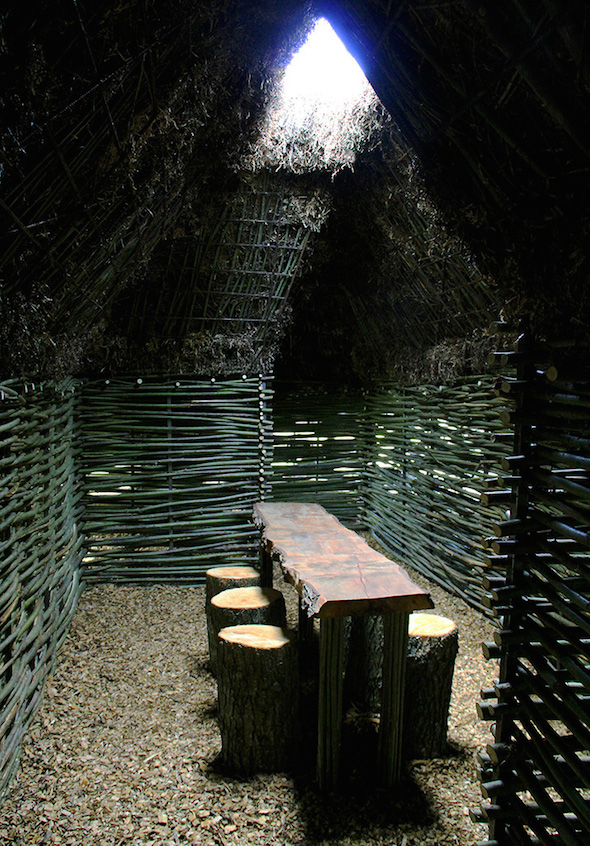 and then another, until you find yourself in a small sanctuary with six seats around a wooden table and an open skylight letting sunshine flood the room. No, you’re not in a J.R.R Tolkien novel or some trippy art film; you’re inside the latest work of nature-based sculpture artist Herb Parker.
and then another, until you find yourself in a small sanctuary with six seats around a wooden table and an open skylight letting sunshine flood the room. No, you’re not in a J.R.R Tolkien novel or some trippy art film; you’re inside the latest work of nature-based sculpture artist Herb Parker.
Parker has been a professor at the College of Charleston since 1991, but his particular brand of art has always kept him traveling — the previously described Laeso Labyrinth was constructed on Laeso Island, Denmark this past summer. Opportunities for his large-scale work have always been more prevalent abroad, primarily in Europe and Asia. But Parker isn’t bitter in the least about the lack of a comparable demand in Charleston. “In a way, I’ve always found that it’s best not to get too involved in a local way because you get complacent,” says Parker. “You get your work out and seen by a few people locally, but when you don’t have that, it forces you to reach out.”
Nature has always been a fixture in Parker’s work, but it has evolved dramatically over the years. “They’re always architectonic,” says Parker. “And for many years, the initial idea was just to create a sanctuary. Like a quiet, contemplative space in the landscape. And then the idea of getting to it became important so it had more of a passage to it, a corridor of sod or earth, or some way of being involved in the environment to get to the sanctuary.”
Hence the labyrinth — a conceptual idea mirroring the journey of inward exploration — the first of which Parker constructed at Charleston’s Waterfront Park for the 2004 Piccolo Spoleto Festival. But prior to that, the idea of communication had become prominent in Parker’s work.
In Japan in 2001, he designed a structure based on ancient Japanese pit houses comprised of two tower-like pods connected by a large gateway that was built at the base of one of the largest waterfalls in the region. “And it was loud,” says Parker. “So you had to yell to talk to people nearby.”
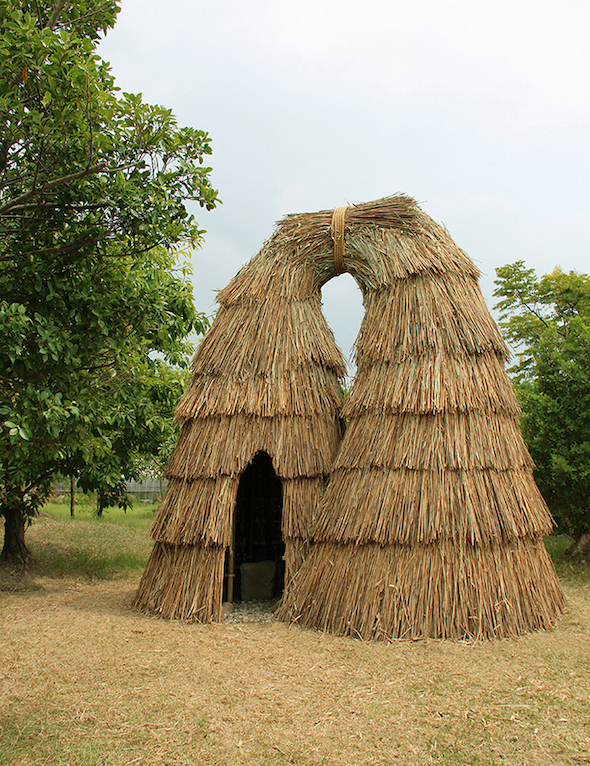 As the structure was nearing completion, Parker stepped inside and, though he had his expectations, he was still surprised by the results. “[There was] a stone seat inside of each tower,” says Parker. “And they’re probably 15 feet apart. But inside you could talk in a whisper across it, and outside you had to yell to hear anybody. So that whole idea of a place of communication became very important.”
As the structure was nearing completion, Parker stepped inside and, though he had his expectations, he was still surprised by the results. “[There was] a stone seat inside of each tower,” says Parker. “And they’re probably 15 feet apart. But inside you could talk in a whisper across it, and outside you had to yell to hear anybody. So that whole idea of a place of communication became very important.”
That’s why every labyrinth since has at least two seats at the center, why in some cases he’s utilized the physics of sound to design his sculptures, like the Whispering Caves in Columbus, Ohio, and the Akerby Dialogue in Bergslagen, Sweden.
“The whole idea became creating from the environment primitive structures, but giving people a place to sit down and reflect or discuss.”
Parker may have his overarching concepts, but his artistic instincts have allowed his work to continue to evolve and morph, an aspect that is essential to him. “Thirty years of doing this,” says Parker, “and every one is different, which is kind of what makes it exciting. You don’t know exactly what you’re going to do and how it’s going to end up. Each time, each piece almost grows the next piece from it. And I’m always excited about what’s coming up next.”
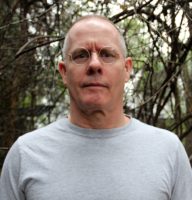
Herb Parker
![]()
Collectors Series
The Home of Bright & Allison Williamson
Visual Artist Profile
Found Objects: Matt Wilson
35 Years of Visual Arts
Southeastern Wildlife Exposition
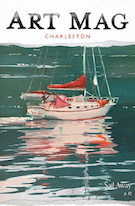
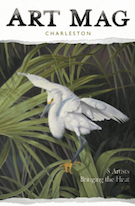
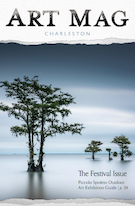

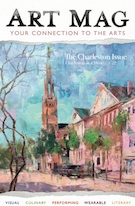
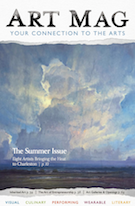

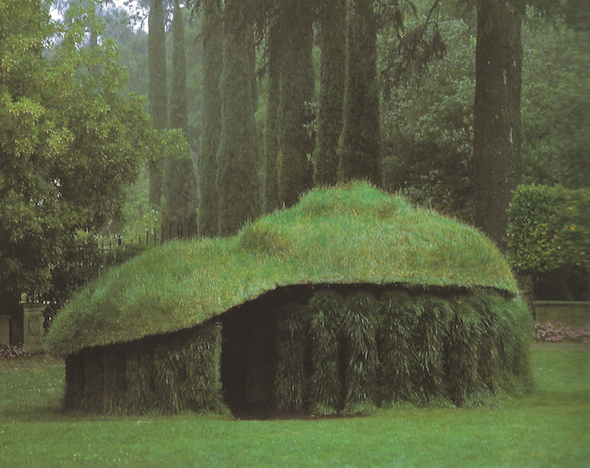
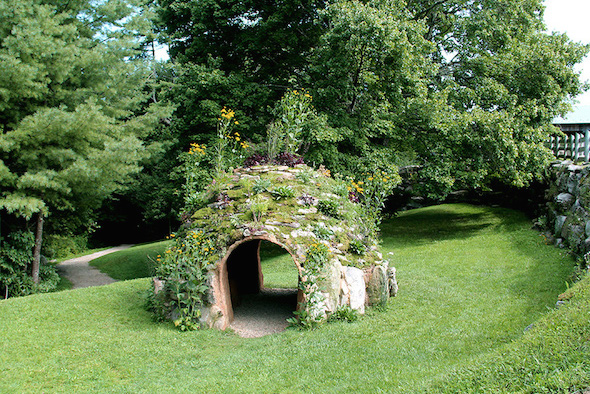
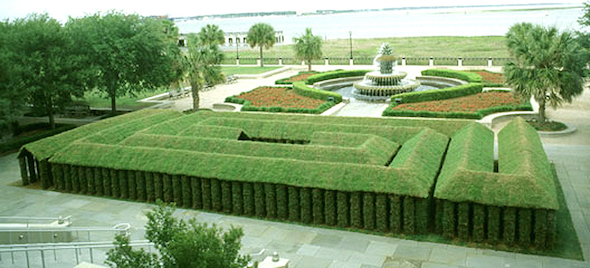
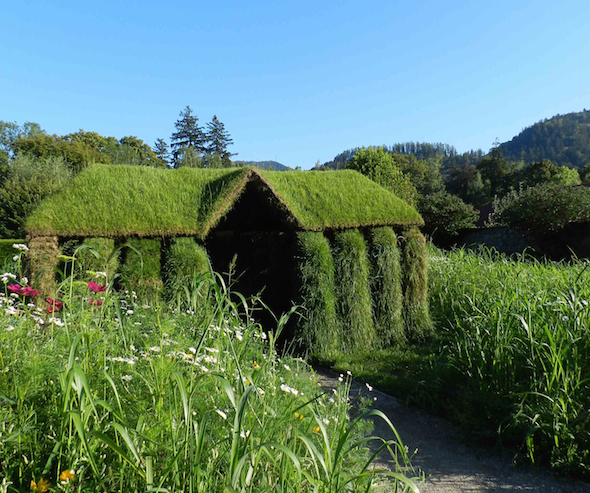

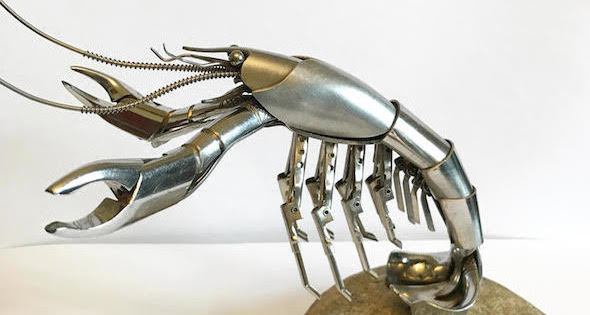
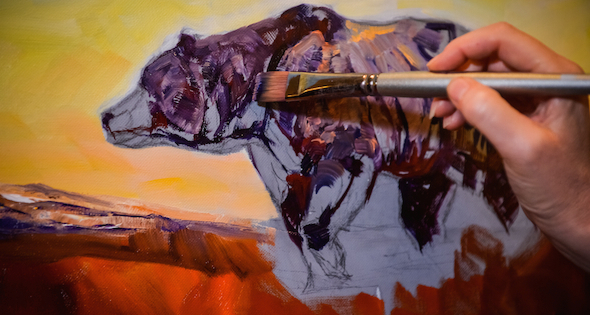






Comments (0)
No comments yet
The comments are closed.